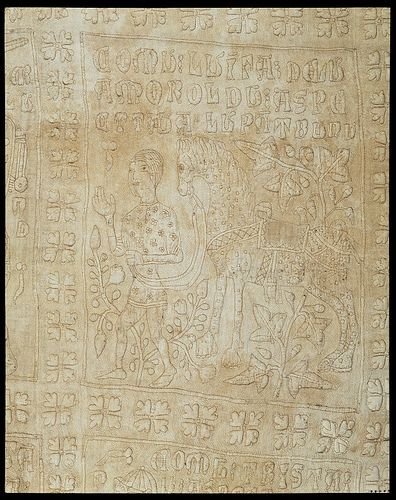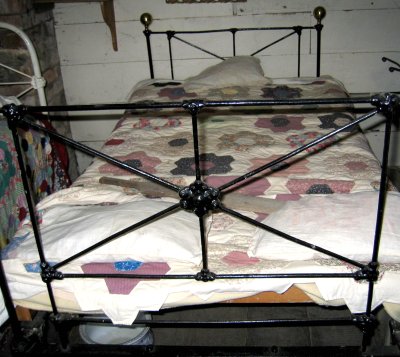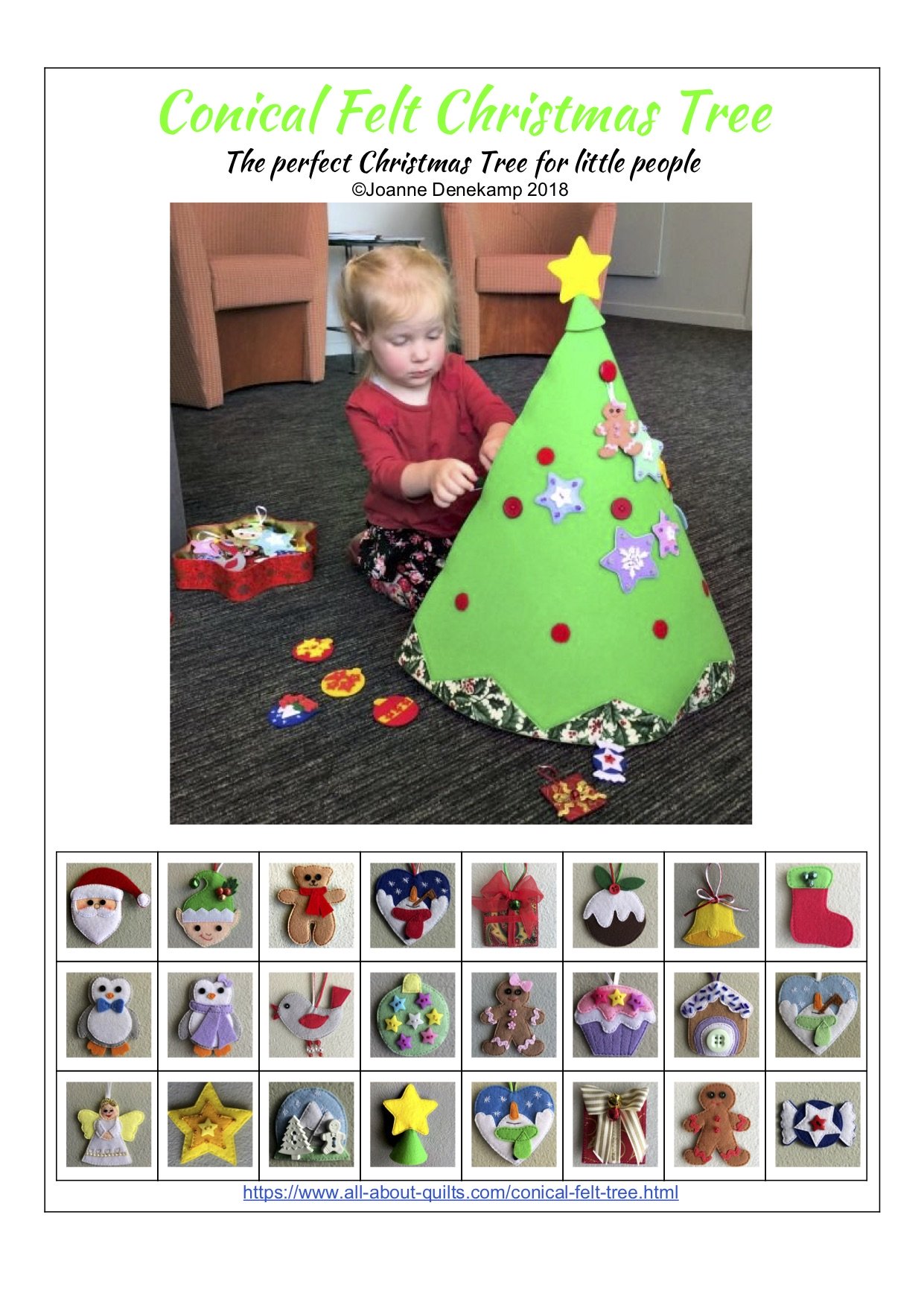- Home
- History
Quilt History
The rich tapestry of quilt history stretches back thousands of years, encompassing multiple eras and countless cultures. From Ancient Egypt to the Middle Ages through to the present day, the practice of quilting has been adopted not only in Europe but across the globe. Historically, quilting was utilized primarily for clothing due to its insulative properties. The few surviving examples and the fragility of fabrics over time have meant that historians have turned to other sources like paintings, literature and sculptures to decipher the story of quilts.
The earliest known indication of quilting was an ivory carving found in the Temple of Osiris at Abydos in 1903. Dated approximately 5,500 years ago, or around 35th century BC, it depicts the king or Pharaoh of the Egyptian First Dynasty clad in a quilted mantle or cloak. This valuable piece of our understanding of ancient quilting practices now resides in the British Museum.
One of the rare preserved quilts is a Sicilian wall hanging from the 14th century, estimated to have been crafted circa 1395. It depicts the legend of Tristan, utilizing quilting with 'trapunto' (stuffed quilting) on solid white fabric. Made during a time when textiles were laboriously hand-spun and weaved, it provides a rare glimpse into the artistry of the time and is on display at the Victoria and Albert Museum in London, England.

Historians speculate that the art of quilting, initially meant for clothing, was introduced to Europe via the Crusades. The Muslim victors wore tightly quilted garments as part of their armor - a practice quickly emulated by European soldiers of the medieval era. Thus, quilted clothing became an integral part of medieval life, and from here the shift to quilt as a household item likely occurred.
Fast-forward to southern France in the 17th century, where the creation of heavily quilted and artfully designed petticoats and clothing emerged as a cherished folk art. The elaborate designs were not meant to be hidden, rather the dresses were draped to showcase the stunning quilted petticoats across the front of the skirt.
The hand-quilted petticoat below is made of nut brown twilled wool. The beige and red striped cotton lining has a small palmetto or paisley motif. It has medium wool batting and is hand-quilted in horizontal parallel lines with a few vertical lines at top. This photo is published with permission from Old Sturbridge Village, 1 Old Sturbridge Village Road, Sturbridge, MA 01566, USA.

During these centuries, the concept of quilting fabric took root. The Chinese were already using quilted cloth for padded winter wear, recognizing the greater warmth provided by multiple layers over a single one. Moreover, quilted garments were discovered on Arabian warriors under chain mail, providing additional protection and preventing chaffing more effectively than single-layer cloth. Many historians posit that these quilted garments, when brought back to Europe, inspired the concept of the bed quilt we are familiar with today.
While exquisite quilting was a symbol of wealth and opulence, even the less fortunate adapted this novel method for warmth. In the absence of luxurious carded wool or cotton for layering, old blankets, worn-out clothing, and even materials like feathers, straw, or leaves were utilized. In English orphanages and poorhouses, a rudimentary version of a bed cover was created by sewing paper into cotton bags.

A landmark in quilt history was the Industrial Revolution. Textiles began to be manufactured on a large scale, liberating women from the laborious task of spinning and weaving to meet their family's needs. By the 1840s, the textile industry had grown exponentially, making commercial fabrics accessible to almost all families. As a result, quilt making saw an unprecedented surge in popularity.
Further boosting this trend was the invention and subsequent popularization of the sewing machine during this period. Initiated by The Singer company in 1856, the installment plan made sewing machines affordable to many households. By the 1870s, a large percentage of homes owned a sewing machine. This development revolutionized quilt making, both by freeing up more time for this crafting and enabling the usage of the sewing machine in the creation or finishing of quilts.
As quilters continue to create these intricate pieces of artwork today, they add threads to a historical tapestry reaching back to Ancient Egypt in 3,400 BC.
Each country has its unique quilt history. Beth McCrystal's Case Study ‘Sergeant Ford's Quilt’ provides a glimpse into New Zealand's quilt-making tradition, detailing her journey of creating a replica quilt for Sergeant Ford's cottage at the Howick Historical Village in Auckland, New Zealand. The American quilt history, especially the Quilts of Gee's Bend over the last 10-15 years, stands as a significant chapter in the global quilt story. Additionally, there are glimpses into Canadian quilt history, although comprehensive records are scarce. Patchwork quilt history would not be what it is today without passionate people like quilt historian Jeananne Wright a passionate patchwork quilt collector.
Quilt history is not just a thread that weaves through the past, but a living tradition that continues to resonate in the present day. Whether you're an expert quilt historian, a skilled quilt creator, or simply a quilt enthusiast, you are etching your mark on this enduring, global narrative, one stitch at a time.
- Home
- History



New! Comments
Have your say about what you just read! Leave me a comment in the box below.